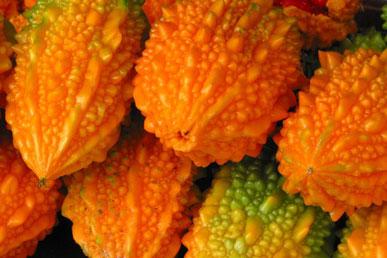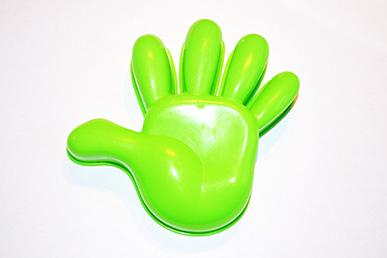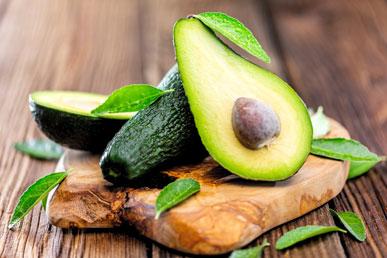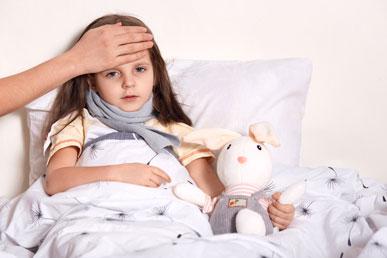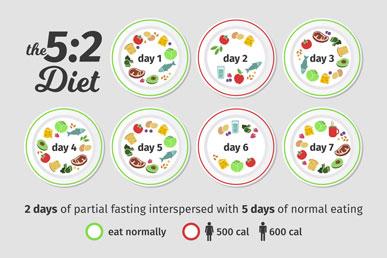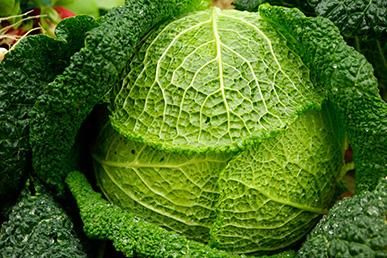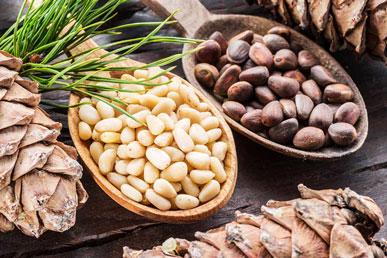
Background photo created by Dragana_Gordic – www.freepik.com
Caffeine is a psychostimulant found in coffee, tea and many soft drinks. Caffeine is synthesized by some plants (such as coffee, tea, cocoa, guarana, kola) to protect against insects that eat their leaves, stems and grains, and to encourage pollinators.
In humans, caffeine stimulates the central nervous system, enhances cardiac activity, accelerates the pulse, causes the expansion of blood vessels... – in other words, it has an exciting effect on our body.
In medicine, caffeine is used as part of a remedy for headaches, migraines, as a stimulant of respiration and cardiac activity in colds, to increase mental and physical performance, to eliminate drowsiness.
However, caffeine is contraindicated for some people. But there is a way out – lovers of coffee, tea and chocolate can use these products, which do not contain caffeine in their composition.
Caffeine, like other CNS stimulants, is contraindicated in hyperexcitability, insomnia, severe hypertension and atherosclerosis, in organic diseases of the cardiovascular system, in old age, and in glaucoma.
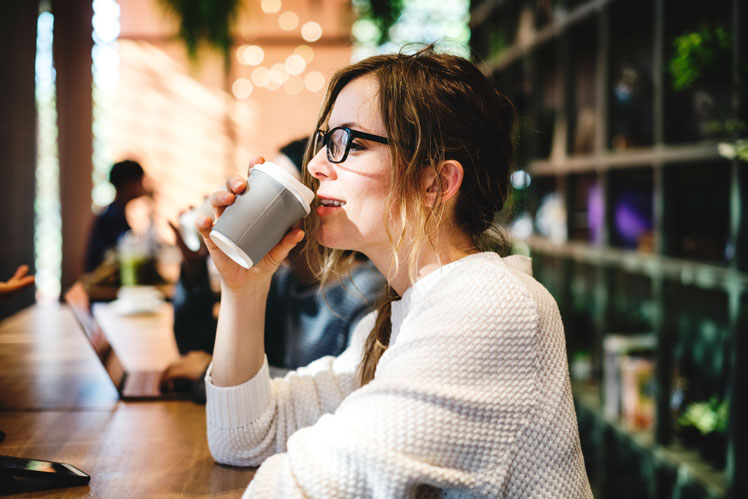
Coffee photo created by rawpixel.com – www.freepik.com
Decaffeination
The process of removing caffeine from coffee beans, cocoa beans and tea leaves is called decaffeination, and decaffeinated beverages are sometimes called decaffeinated (from the English decaffeinated, abbreviated as decaf), or uncaffeinated (from the English uncaffeinated). However, despite the removal of caffeine, many decaffeinated beverages contain about 1–2% of their original amount of caffeine.
Normally, the decaffeination process starts with steaming unroasted (green) coffee beans. The beans are then placed in a special solution that extracts the caffeine but leaves other important chemicals in the beans. The extraction process is repeated 8 to 12 times: until up to 97% of caffeine is removed from the beans, and in the case of EU standards, up to 99,9% of caffeine by weight.
Coffee beans contain more than four hundred chemical compounds that give the drink taste and aroma, so it is difficult to ensure that the caffeine is removed and other components remain at their original concentrations. Therefore, decaffeinated coffee may taste different from regular coffee.
Interesting fact! Arabica coffee contains half as much caffeine as Robusta.
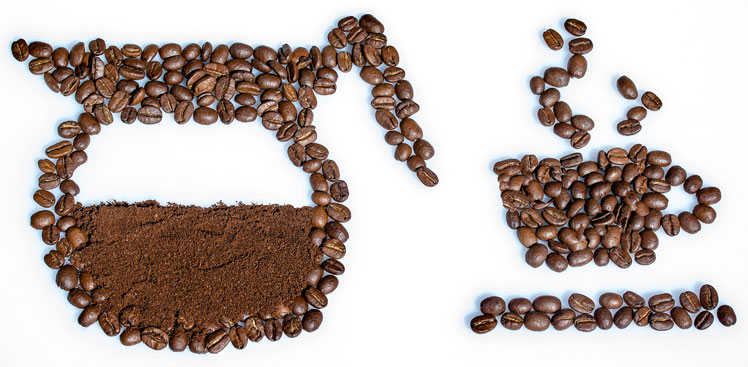
What are the methods of decaffeination
Roselius process
Decaffeination of coffee beans was invented in 1903 by the German Ludwig Roselius. Chance helped him make this discovery. A ship carrying a cargo of coffee was caught in a violent storm, and the holds were flooded with sea water to such an extent that the ship could hardly stay afloat. The owner of the cargo thought that everything was lost, but just in case, he decided to take the coffee beans for examination. Expert Ludwig Roselius determined that the coffee was fine, but had lost nearly all of its caffeine. Subsequently, the successful German patented his discovery in the USA. Decaffeinated coffee became widely known only in 1930.
In the Roselius method, coffee beans were treated with brine and then benzene to extract the caffeine. Decaffeinated coffee was sold under the brand name "Kaffee HAG" by Kaffee Handels-Aktien-Gesellschaft in Europe, under the brand name "Café Sanka" in France, and under the brand name "Sanka" in the USA.
These decaffeinated coffee brands are currently owned by Jacobs Douwe Egberts and Kraft Foods. But because benzene is a health hazard, the Roselius process is no longer used in the production of decaffeinated coffee.
Direct method
In the direct method, unroasted (green) beans are first steamed and then washed with a solvent (such as methylene chloride or ethyl acetate). The solvent extracts the caffeine while leaving the other components largely unchanged. The process is repeated 8 to 12 times until the caffeine content meets the required standard (97% caffeine must be removed according to the US standard or 99,9% decaffeinated by weight according to the EU standard).
Indirect method
In the indirect method, the beans are first immersed in hot water for several hours, essentially making a strong pot of coffee. Then the grains are taken out and the caffeine is extracted (extracted) with a special solvent (dichloromethane or ethyl acetate). In addition to caffeine, other substances are not removed, so the coffee beans retain their aroma and strength.
CO2 extraction process
In this method, caffeine is removed from coffee beans with carbon dioxide at a critical temperature under high pressure. Pre-steamed grains are immersed in a container with carbon dioxide at a pressure of 73–300 atmospheres in a supercritical state. After holding for 10 hours, the pressure is released, the CO2 evaporates, the caffeine is removed by filtration.
Swiss water method
The Swiss Water Method was developed by the Swiss Water Decaffeinated Coffee Company. For decaffeination, green (unroasted) coffee beans are treated with hot water, which releases caffeine. After extracting the caffeine and other substances from the water, the beans are discarded and the water is passed through a carbon filter, which retains the caffeine but allows the other components of the coffee to pass through.
The resulting solution was named green coffee extract (GCE). The filtration process is repeated until up to 99,9% of the caffeine is removed.
Decaffeinated tea
Tea can also be decaffeinated using the direct method or the CO2 process described above. And fermentation (oxidation) does not lead to an increase or decrease in the amount of caffeine in the leaves.
Interesting fact! Different types of tea may contain different amounts of caffeine. Younger leaves and buds contain more caffeine than older ones.
It is estimated that a cup of tea contains about 40-50 mg of caffeine – about half of what is found in a cup of coffee. Decaffeination of tea reduces the concentration of caffeine by 80-90%, while the first five-minute stage removes up to 70% of the caffeine, and the second – about 23% of the total caffeine content.
Natural decaffeinated coffee
In 2004, the coffee trees Coffea charrieriana and Coffea arabica were found to produce caffeine-free fruits. The absence of caffeine is associated with a mutated form of the caffeine synthetase gene, as a result of which theobromine accumulates in coffee beans instead of caffeine. It should be borne in mind that theobromine has a negative effect similar to caffeine on the body.
This property can be transferred to other coffee varieties by crossing with Coffea charrieriana coffee trees, or by knocking out (deleting) the caffeine synthetase gene in conventional varieties. To date, progress in the cultivation of caffeine-free coffee beans is still ongoing.
There is a term "Decaffito" which is used in Brazil as a brand name for decaffeinated coffee.
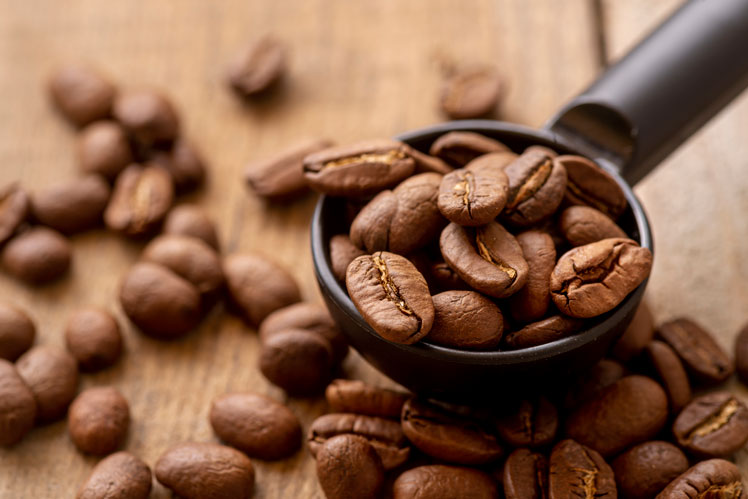
Background photo created by freepik – www.freepik.com
The impact of decaffeinated coffee on human health
Consumption of decaffeinated coffee appears to be as beneficial as regular coffee and reduces overall mortality.
Women who consumed 1 to 6 cups of decaffeinated coffee per day had a significant reduction in mortality compared to those who consumed less than 1 cup of coffee per month.
In men, the positive effect of drinking coffee is much less pronounced than in women: a noticeable decrease in mortality was observed only in those who consumed more than 2 cups per day.
We also recommend:


